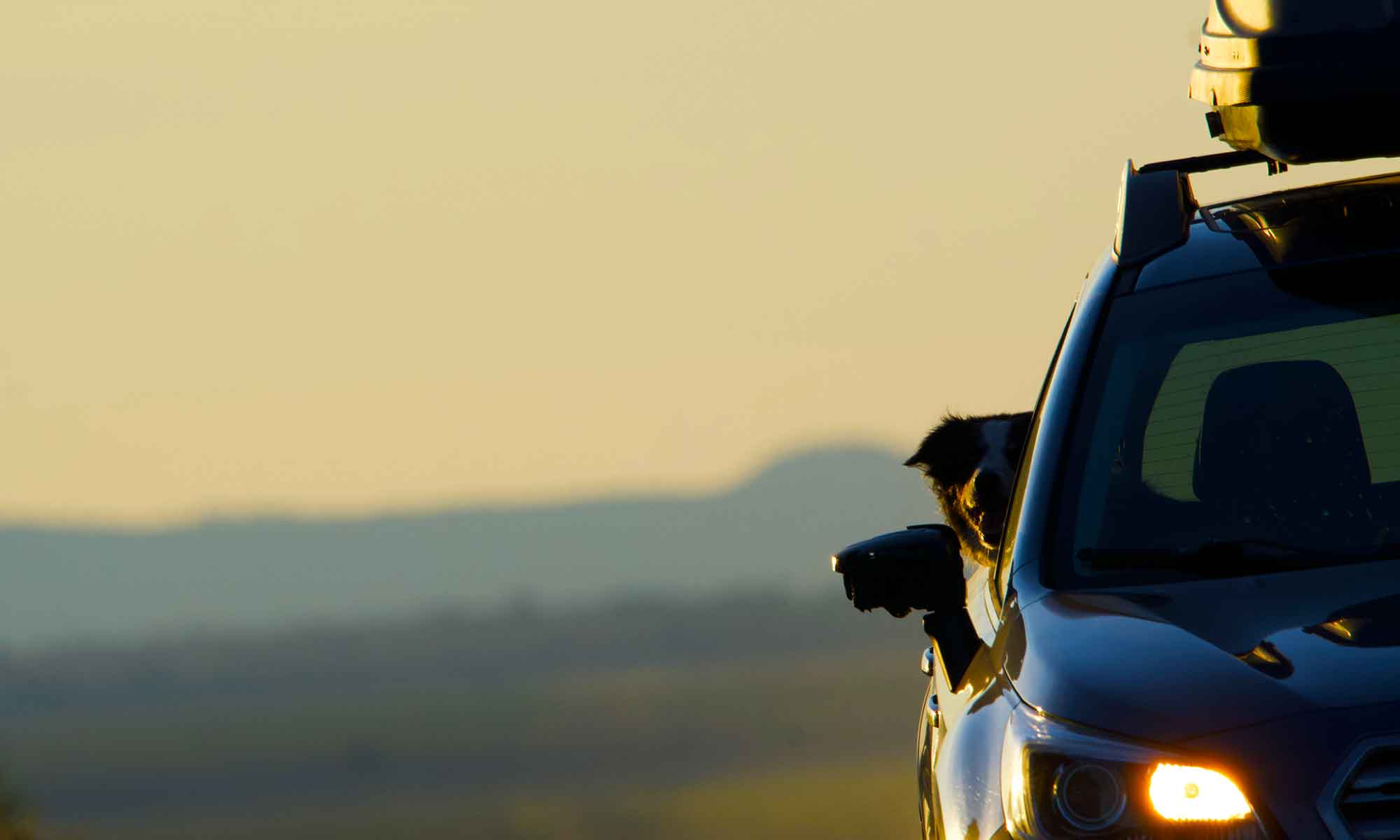
Oregon has an abundance of natural wonders and otherworldly places. Most of these destinations are an easy drive from our house. Thus we are making it a point to visiting as many as possible.
This week we headed back to the John Day Fossil Beds. We drove past Mitchell about 30 miles to the Sheep Rock Unit. The “Thomas Condon Paleontology Center” is located here. A recently constructed visitor building (open Fri, Sat, & Sun.) has the mandatory gift shop but also some excellent interpretive displays that detail the site’s history and fossils.
However, today we are headed to the north edge of the Sheep Rock Unit and the Blue Basin.

 There is a 4 mile loop trail that takes you to an overlook or a shorter 2 mile walk “trail through time” that follows the lower edge of the basin’s sculpted walls.
There is a 4 mile loop trail that takes you to an overlook or a shorter 2 mile walk “trail through time” that follows the lower edge of the basin’s sculpted walls.
The shorter trail takes you into the canyon. Interpretive panels and fossil replicas are spaced throughout the trail.

Dogs are allowed (leashed) on the trail. However, there are a series of bridges crossing the ravine bottom decked with a paw-poking metal grates.

 Tip wanted nothing to do with these and the alternate routes were just too precarious. He and I did make it to the entrance of the basin, found a shaded bench to wait while JQ, camera in hand, documented the blue-green canyon for our blog.
Tip wanted nothing to do with these and the alternate routes were just too precarious. He and I did make it to the entrance of the basin, found a shaded bench to wait while JQ, camera in hand, documented the blue-green canyon for our blog.
A mere 44 million years ago this place was a tropical forest filled with lush vegetation (172 species) abundant wildlife including three toed horses and saber tooth tigers. Then 7 million years ago a volcano spewed hot ash and gas over a 13,000 square mile area. The event brought devastation to the plant and animal life but encased a treasure trove for 20th century geology and paleontology.

Vegetation from that landscape turned into a unique blue-green soil that eventually eroded into what is now the Blue Basin. The Painted Hills site, it’s red and green layered hills seems to garner the most attention and is definitely a must see. However, Blue Basin is equally as fascinating and well worth the additional 30 minute drive.


















 There were plots of ground leveled to bare foundation sitting next to houses untouched by fire. This went on for miles as we drove past the ongoing clean up efforts.
There were plots of ground leveled to bare foundation sitting next to houses untouched by fire. This went on for miles as we drove past the ongoing clean up efforts.

 The otherworldly nature of the Painted Hills is why we keep coming back to this unit of the John Day Fossil Beds. The guidebooks suggest spring or fall as good times to visit. This just means that those are the seasons with the most visitors at the monument.
The otherworldly nature of the Painted Hills is why we keep coming back to this unit of the John Day Fossil Beds. The guidebooks suggest spring or fall as good times to visit. This just means that those are the seasons with the most visitors at the monument.



 However, the Painted Hills Unit presents a much larger canvas where stratified layers of soil show off eons of earth history in a very colorful manner.
However, the Painted Hills Unit presents a much larger canvas where stratified layers of soil show off eons of earth history in a very colorful manner.














 Turning up fifteen mile road, which is more like sixteen miles up OR 197 from it’s junction with I-84, we were treated to postcard views of Mt Hood. The focus of this leg was to locate the old general store in the town of Friend. Unfortunately, it was closed to outsiders. I guess there was no friendliness to be found in Friend.
Turning up fifteen mile road, which is more like sixteen miles up OR 197 from it’s junction with I-84, we were treated to postcard views of Mt Hood. The focus of this leg was to locate the old general store in the town of Friend. Unfortunately, it was closed to outsiders. I guess there was no friendliness to be found in Friend.













 We have always used US 31 to get to Summer Lake, but this trip we found a whole new area to explore on the western side of Winter Rim.
We have always used US 31 to get to Summer Lake, but this trip we found a whole new area to explore on the western side of Winter Rim.